Inner Solar System
Approximately 5 billion years ago, there was a supernova.
Supernovae occur often throughout the universe, and are believed to occur somewhere on the order of once every 50 years in our Milky Way. Supernovae help illustrate the stellar circle of life. When one star dies, it can bring about the birth of many more.
It may be odd to think of such a violent death bringing forth life. Indeed, if a supernova occurred too close to the Solar System, it would be lights out for us Earthlings.
And yet, it was thanks to a supernova occurring reasonably close by that our solar system exists at all. Our story begins at the end, with a star dying in a massive explosion. The explosion generates a shockwave, this shockwave slams into anything in its way...
Like a cloud of dust and gas, for instance.
This shockwave can result in the cloud "clumping" together in places, and these clumps begin to attract more gas and dust. This process continues until they begin to heat up.
As time passes, a star is born. Like this one, for instance:
This is our sun. Some call it Sol. It is from this name that we derive Solar System. It may look quite brilliant now, but the sun is actually a relatively dim star! Here is what it would look like from about 40 light years away:
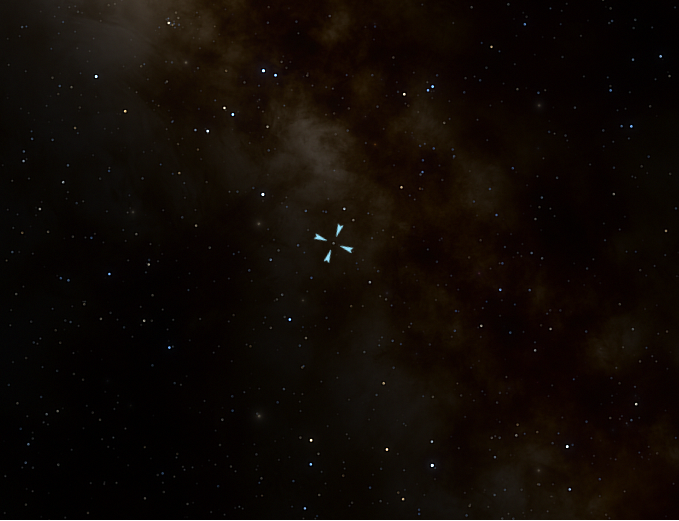
It's hard to believe that speck is responsible for life here. And yet without it we're nothing.
There are 8 planets (that we know of) in our Solar System, all born from the same cloud as our sun: Mercury, Venus, Earth, Mars, Jupiter, Saturn, Uranus, and Neptune. But that list says nothing of asteroids, comets, dwarf planets, ices, or moons. It gives no indication of the immensity and relativistic small size of the solar system. There is so much to talk about, but we must start somewhere.
So why not start close to our Sun?
Mercury is the closest planet to the sun, the smallest in the solar system, and as of this posting, the least explored planet in our stellar neighborhood.
At approximately 46.6 million km (28 million miles), Mercury completes an orbit around our star once every 88 days. It boasts extreme temperature differences, little to no atmosphere, and an unusually strong magnetic field for its size and history.
Did I mention its also quite toasty on the day side?
The side facing the sun enjoys a warm 700K day. This works out to approximately 427 C, or 800 F. And yet, on the night side things are not so hot. In fact, they're quite cold! Bone chilling, even.
The side not facing the sun is usually around 100K (-173C, -280F). The poles are always below 180K. (-93C, -136F). These temperature variances are the most extreme on any known planet in our solar system.
So, quite hot in the sun! The hottest in the solar system for sure, right?
Wrong.
Mercury may be the closest to the sun, but the hottest planet in our solar system is this beauty:
It's Earth's sister planet, and the second from the sun, Venus.
Named after the Roman Goddess of Love and Beauty, Venus is often considered Earth's sister planet. Before we got around to further studies of it, there was a popular theory that Venus' surface was a gorgeous and comfortable paradise of water, extraterrestrial grass, insects, animals and just life in general. It was, we supposed, a beauty both inside and out.
Venus' surface is rendered above. Not a drop of water. The temperatures are a scathing 462 C (863 F, 735 K), atmospheric pressure at the surface is 92 times that of Earth, it rains sulfuric acid, and as of early 2020, evidence has emerged that Venus is volcanically active.
Due to some type of uncertain event in its past, Venus is the only planet in the solar system to rotate clockwise, and it rotates so slowly that one day on Venus is longer than its year.
With extremely hostile surface conditions, a remarkably slow rotation, and a toxic atmosphere, survival time at the surface of Venus unprotected would most likely be less than two minutes. There is a reason Carl Sagan referred to Venus as "the planet most like Hell."
Our next stop is going to be a place you may have grown somewhat familiar with.
Earth! (You are here)
What is there to say about Earth? Well, do you have the whole day? No? You've got things to do?
Well, in that case, let's just talk a little about it and a little friend of ours too. Spoilsport.
The Earth is the veritable Goldilocks planet, in the Goldilocks zone. This basically means it's got just the right temperature for liquid water to exist, just the right magnetic field to help protect it from the solar wind, and just the right satellite to help stabilize it on its axis. Earth's official name is Terra, but its most used name is Earth. And nobody's quite sure who named Earth "Earth" for that matter.
The average distance between the Earth and the Sun is a cozy 150 million km, or 93 million miles. Because distances in our solar system become quite vast, I will also include AU measurements from here on out. An AU is an Astronomical Unit. 1 AU is equal to 1 Earth-Sun distance.
Our Earth is a beautiful place, and life is quite strong as our home is quite durable. But even our mighty Earth can be wounded or changed forever. Lest we regret it, it's in our best interest to do what we can to preserve its beauty, preserve its health, and protect its ecosystem.
Except for mosquitoes. They can go.
In the distance towards the bottom, we see Earth's most famous satellite: The Moon.
It was given the name "Luna" by the Romans, and "Selene" by the Greeks. It is from the former that we derive the name "Lunar eclipse" or "Lunatic." The Moon is responsible for our tides and is also known to help stabilize the Earth's axis. If the moon was not present, Earth would wobble much more than it does now. It has been suggested that, the last time the Earth's axis altered a tenth of a degree, the Sahara Rainforest became the Sahara Desert. This, however, should be taken with a grain of salt. Bold claim!
The moon is essentially tidally locked to its parent body. This means the moon rotates at just about the exact speed required to ensure the same side is always facing its parent body, save for the occasional libration. If it didn't rotate at all, we'd see the back on occasion! The moon's sunny side enjoys a toasty daytime temperature of 260 F, or 127 C (399 K). It's night side can dip to -280 F, or -173 C (This works out to about 100 K). The Far Side (not the comic) was first directly observed in c. 1959.
The Moon's formation is likely to have been caused at least in part by the collision of a roughly Mars-sized planet with the Earth, known as Theia. We may cover Theia and the impact hypothesis in the future. For now, it's time to say farewell to our home and one of our best planetary friends, and say hello to our final inner planet...
Mars. In the above picture we have the Martian family portrait- the planet itself, and its two moons: Phobos, and Deimos.
Named after the Roman God of War and affectionately nicknamed "The Red Planet" Mars and Earth have a long history together. Mounting evidence suggests that, early in its existence, Mars hosted liquid water on its surface. But something happened to the planet, and it's now an inhospitable place. The mean temperature on Mars is around -80 F, -60 C, or 210 K. The poles can get down to -195 F, -125 C, or a little under 150 K. However, Mars has been known to get above freezing. Sometimes the temperature can be like that of a spring day on Earth!
Mars averages approximately 142 million miles from the sun, or 228 million km. This works out to 1.5 AU, so 1.5 times the average Earth-Sun distance. We will cover its periapsis (closest point) and apoapsis (farthest) as well as go more in depth another time. In the meantime, there's more to this beauty we have to talk about!
Did you know that Mars is home to the largest known volcano in the Solar System?
This is Olympus Mons, an enormous shield volcano that makes Earth's own Mount Everest look like an anthill. At nearly 22 km (13.6 mi) in height, Olympus Mons is about two and a half times the height of Mount Everest at sea level.
This is the volcano itself from a distance. Olympus Mons is a relatively young volcano, and it may still be active and have the potential to erupt in the future.
This is the sky from the top of the volcano. I don't know about you but I spy Earth waving to us from the horizon!
But we're not through yet! Did you know that Mars is also home to the largest known canyon system in our solar system? It puts the Grand Canyon to shame!
This is Valles Marineris. It stretches more than 4,000 km long, 600 km wide in parts (average width is 200 km), and up to 7 km deep. For the imperial readers out there, that's almost 2,500 miles long, 372/124 miles wide, and almost 4.5 miles in depth. The Grand Canyon is around 277 miles long (446 km), 18 miles (29 km) wide, and its depth is a little over a mile (1.8 km). Valles Marineris positively dwarfs it!
Finally, we have the moons.
There is an old myth that they were named such because their discoverer's wife threatened to keep supper from him if he didn't locate something interesting in the sky. So he named them after his wife: Phobos, meaning fear, and Deimos, meaning terror/panic.
In reality, however, their names are derived from the chariot that the Roman God Mars was said to ride into battle. It was guided by two horses: Phobos (again, "Fear") and Deimos ("Panic"). Phobos and Deimos are two irregularly shaped objects whose origins remain controversial. Some think they accreted together, and others believe they are captured asteroids.
Phobos has a radius of approximately 11 km, or 7 mi. It orbits very close to Mars at approximately 6,000 km, or 3,700 mi. Deimos is smaller and considerably more distant. Its radius is around 6.2 km (3.9 mi) and it orbits at an average distance of almost 23,500 km (approx. 14,500 mi) from the Martian surface.
Both Phobos and Deimos are orbiting too close to Mars, and are expected to either collide with the Martian surface in the next 30-50 million years, or will be torn apart by tidal forces into a ring system.
This whole thing has gone on for quite a while, wouldn't you say? I think it's time we call it for now. But above we see our first visit for the next entry. Some call it Earth's big brother...
I hope to see you guys then! Until then, keep looking up!
-
 2
2


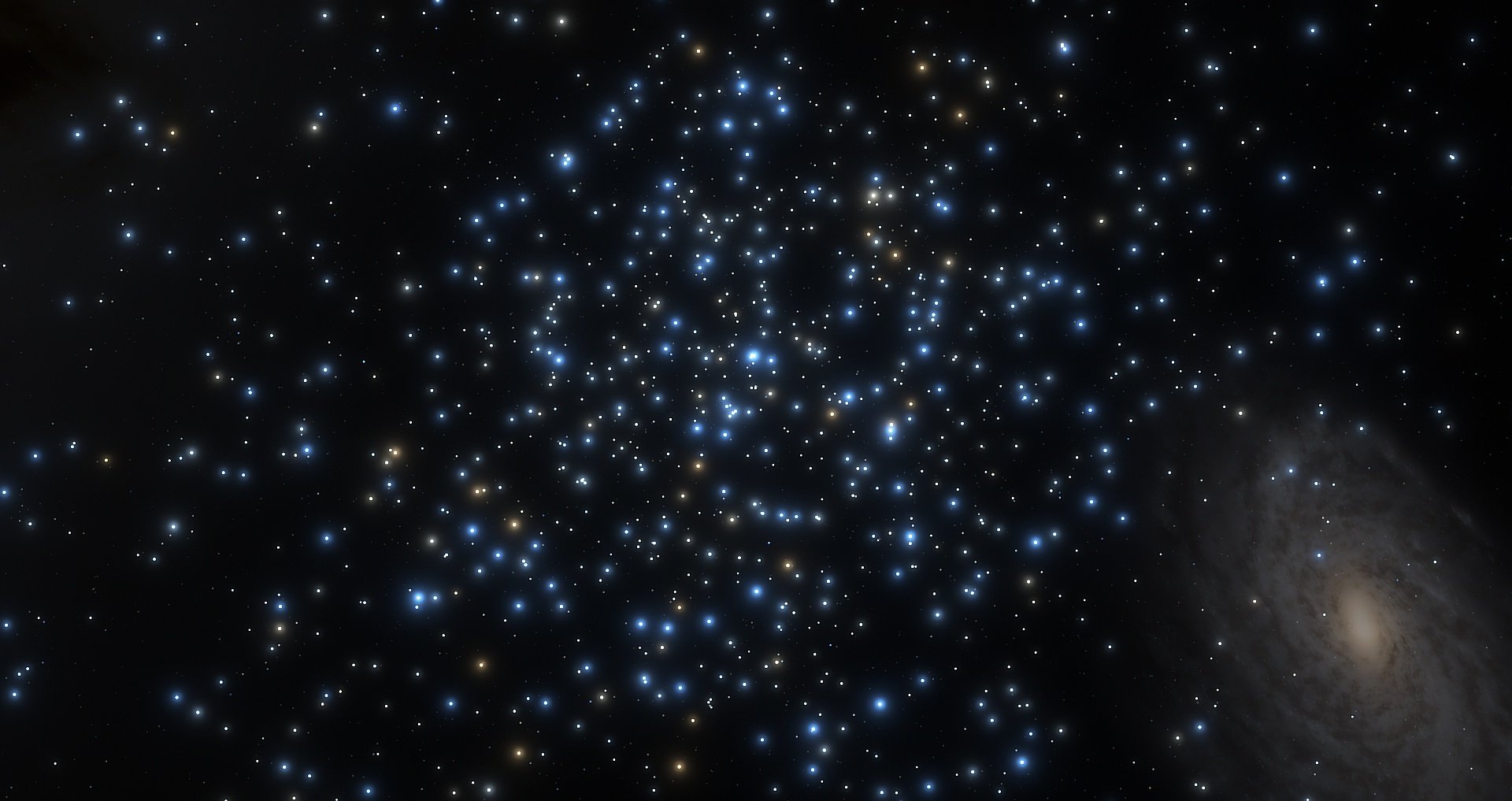

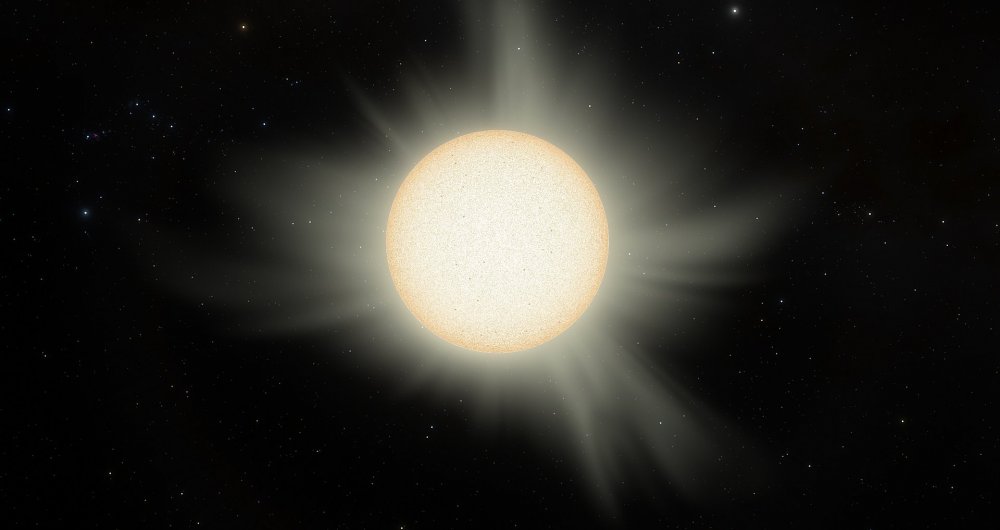
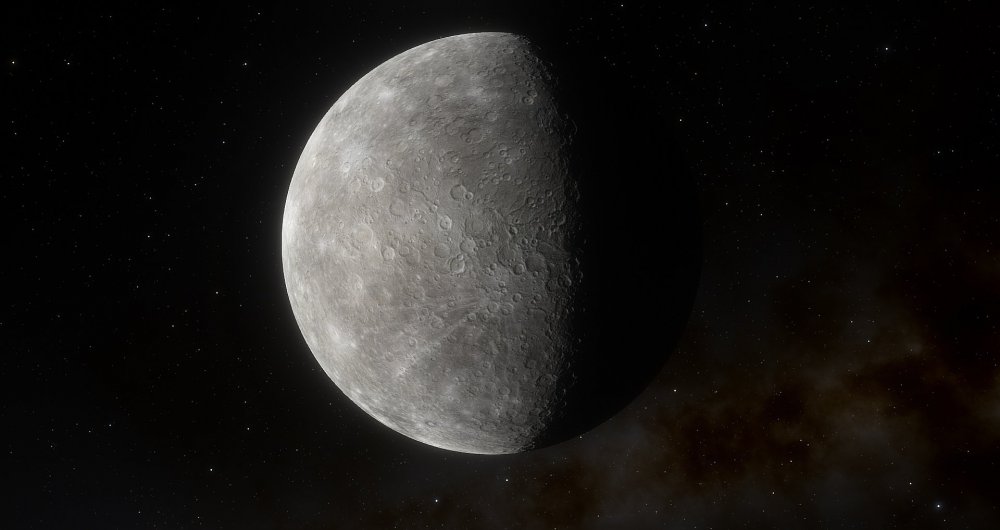
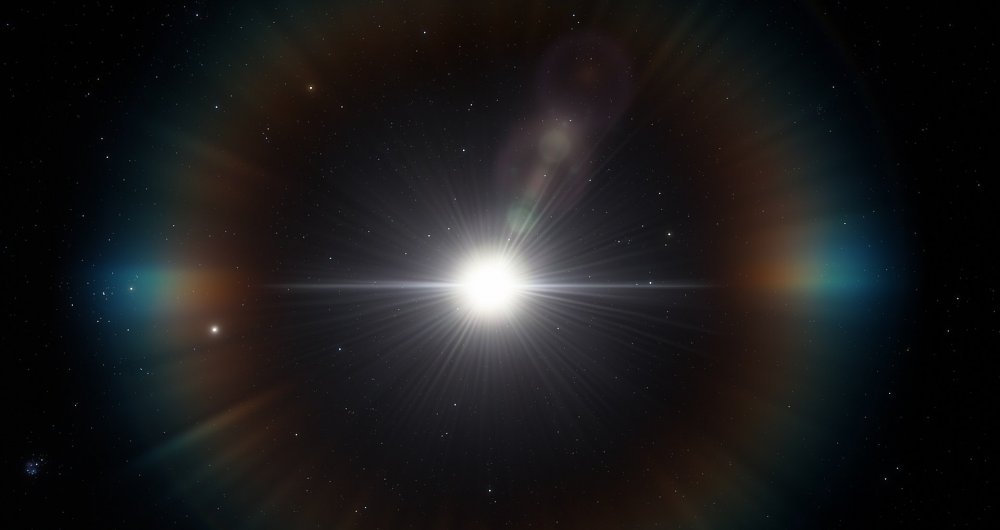

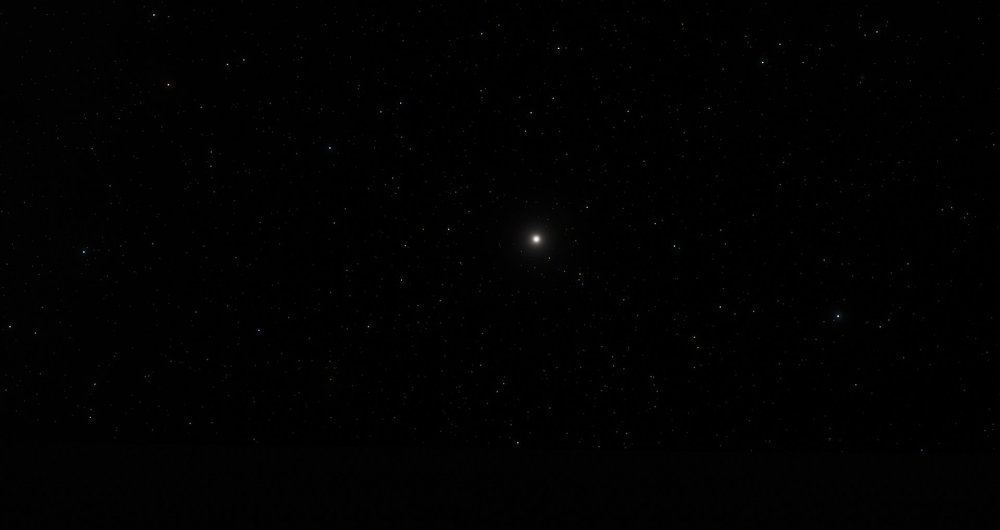
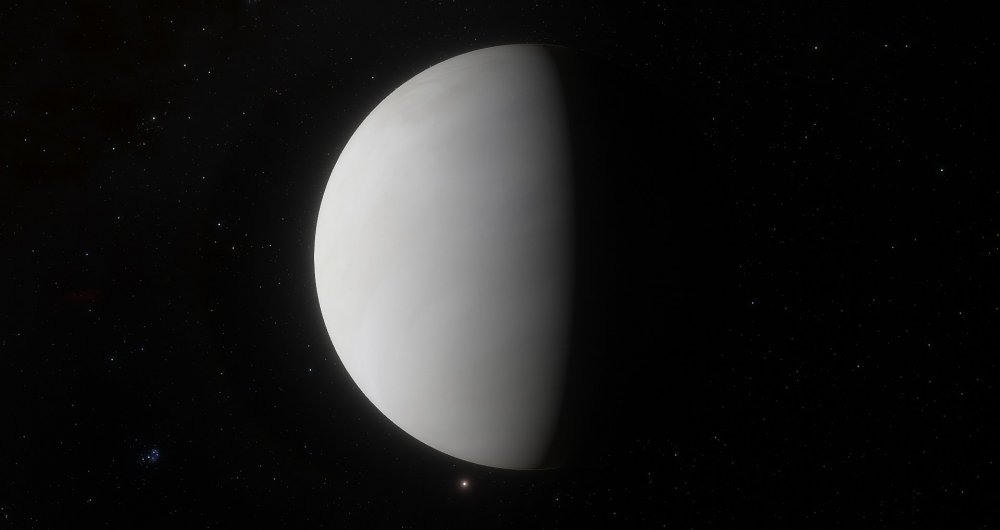
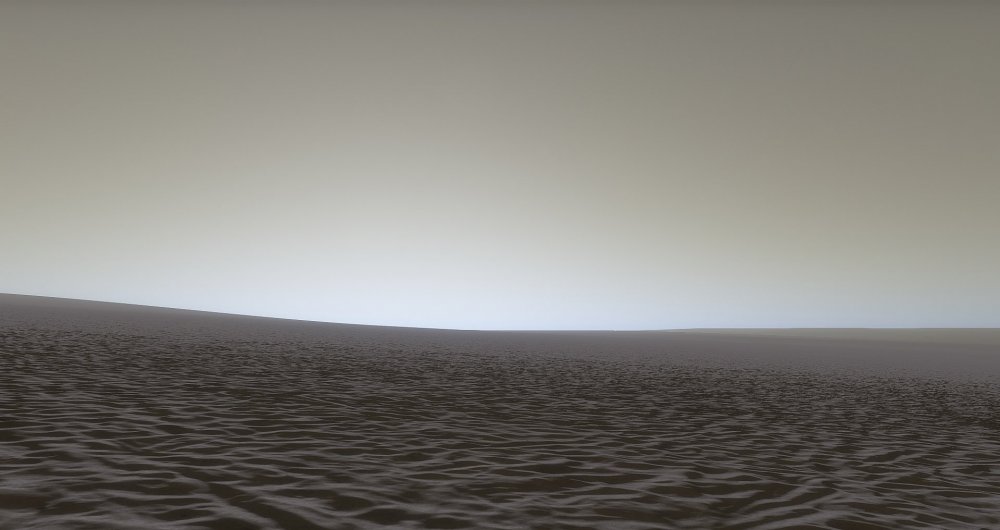

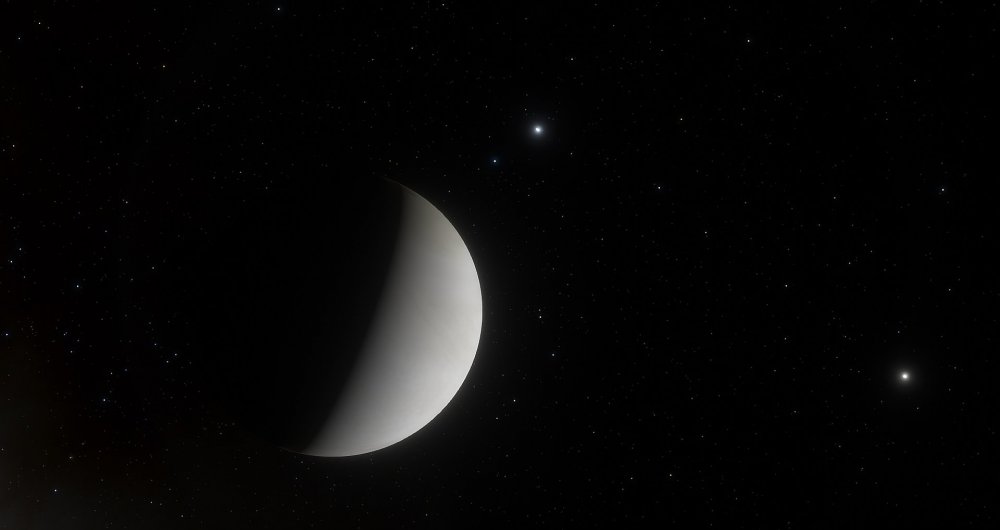
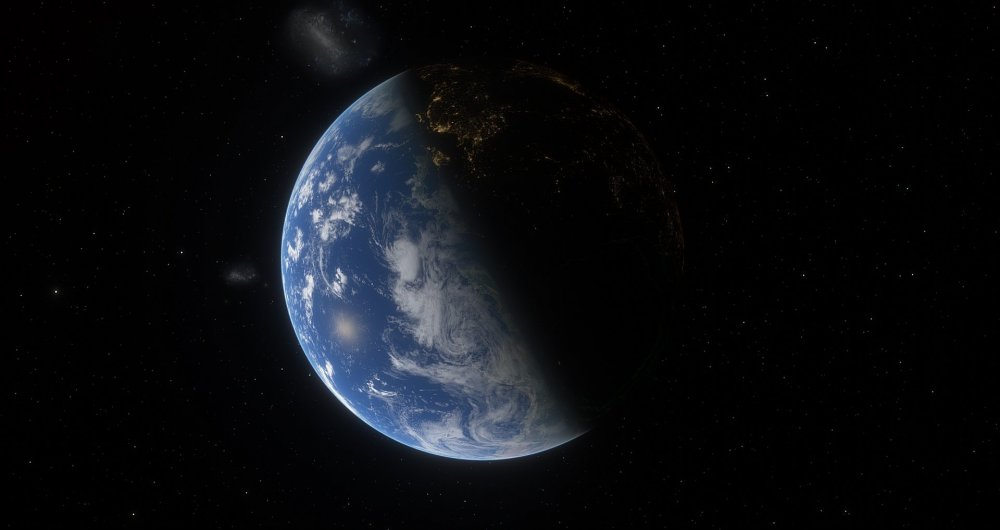
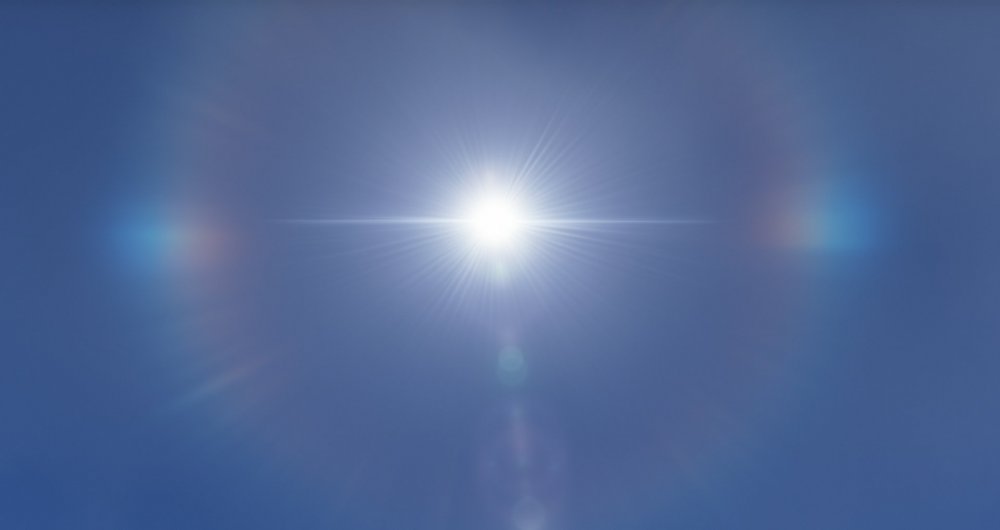
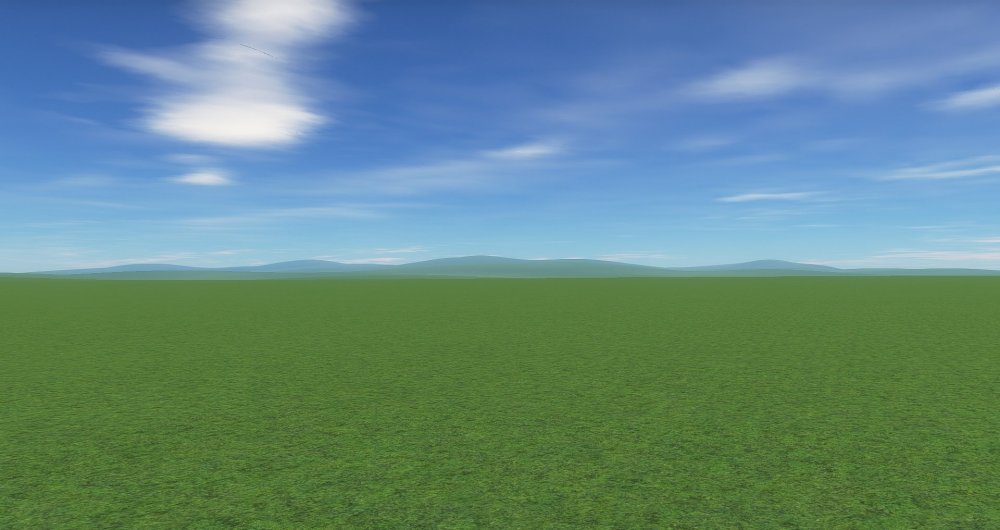


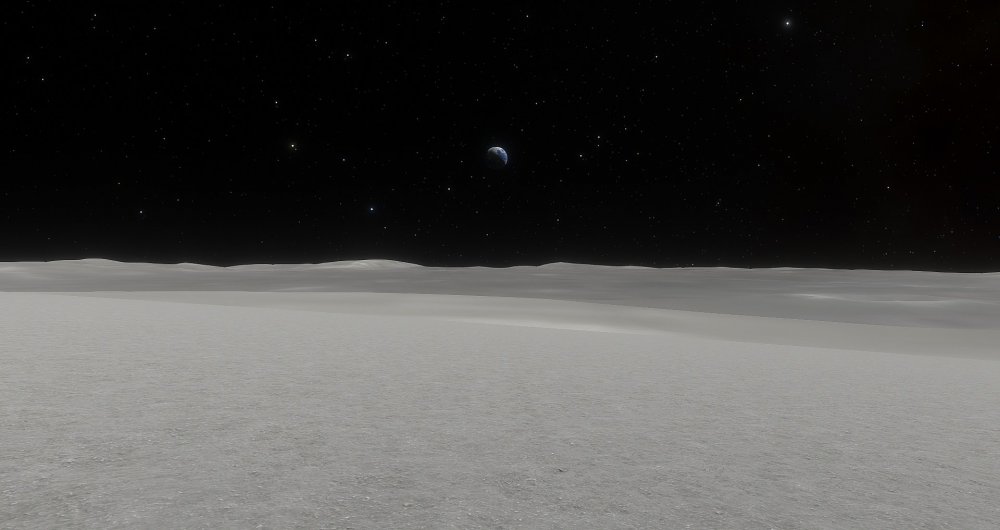
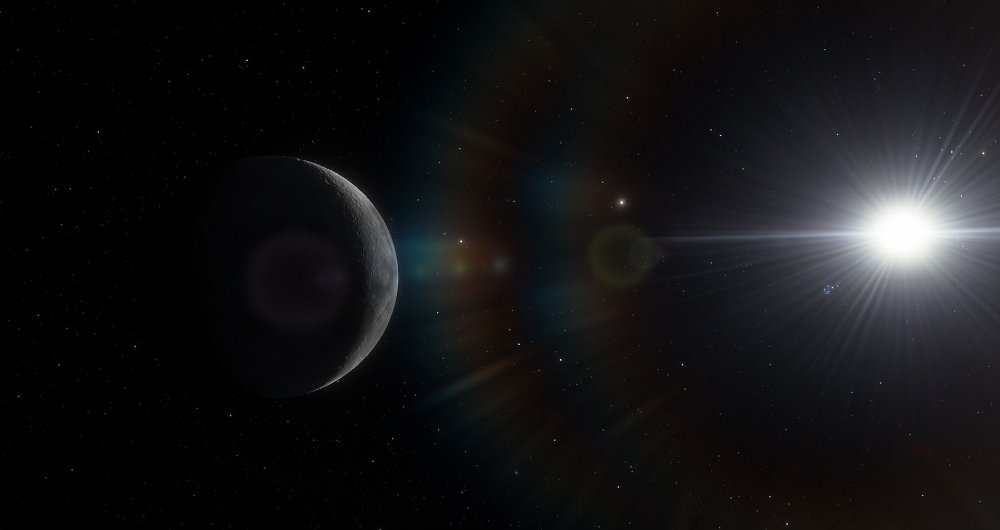
.thumb.jpg.8bd19c72e82bedb9ab5408d7b4f7f72a.jpg)
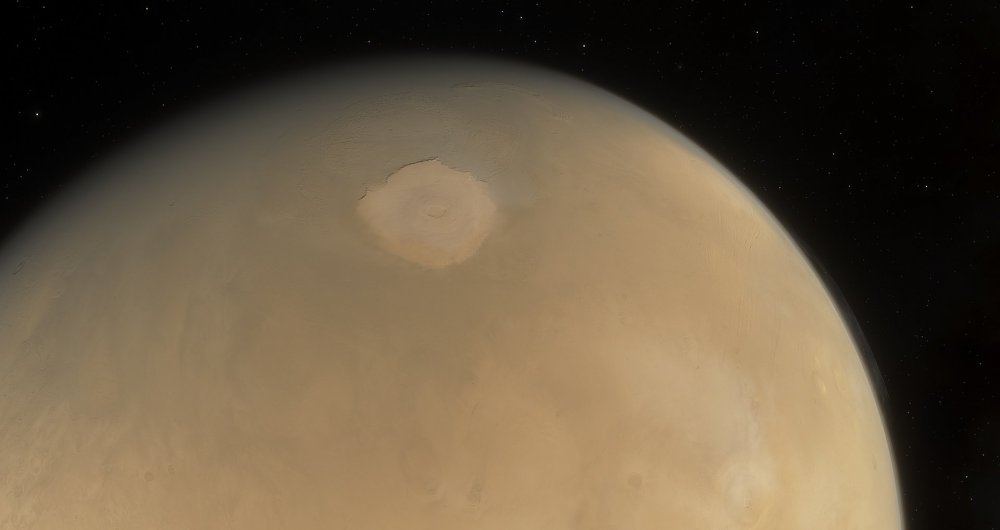

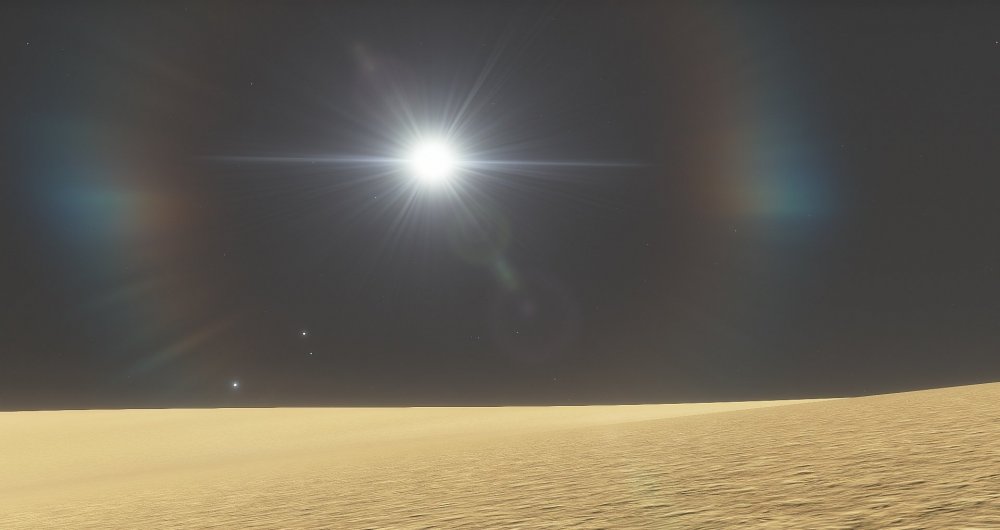

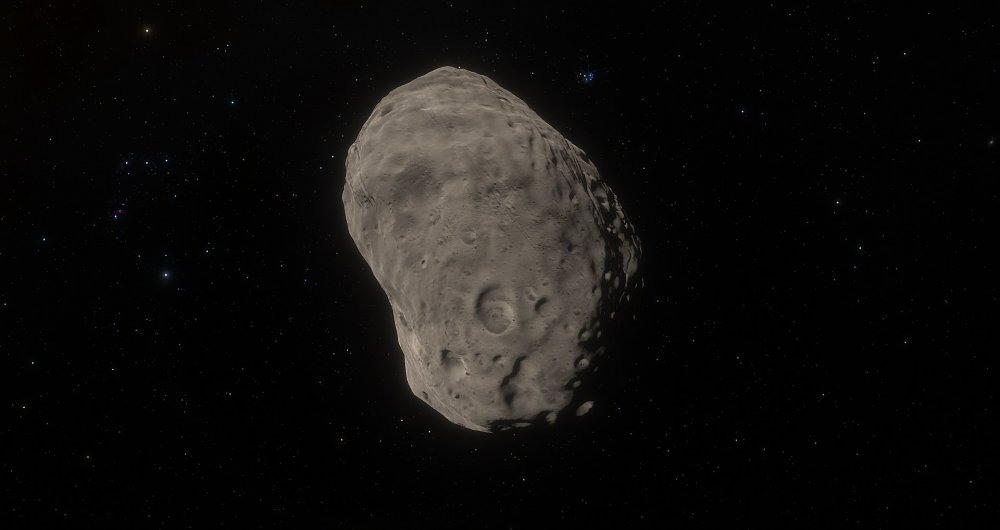
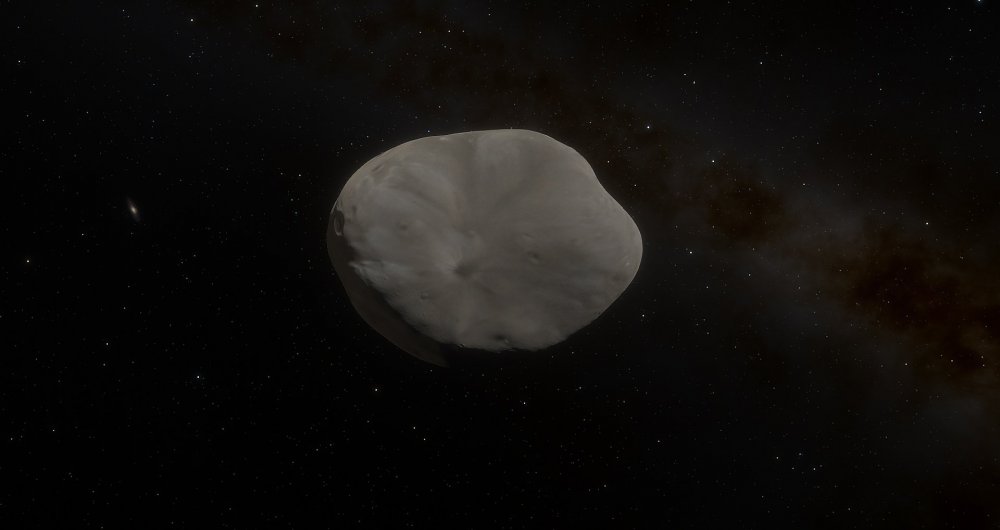

2 Comments
Recommended Comments
Create an account or sign in to comment
You need to be a member in order to leave a comment
Create an account
Sign up for a new account in our community. It's easy!
Join the herd!Sign in
Already have an account? Sign in here.
Sign In Now